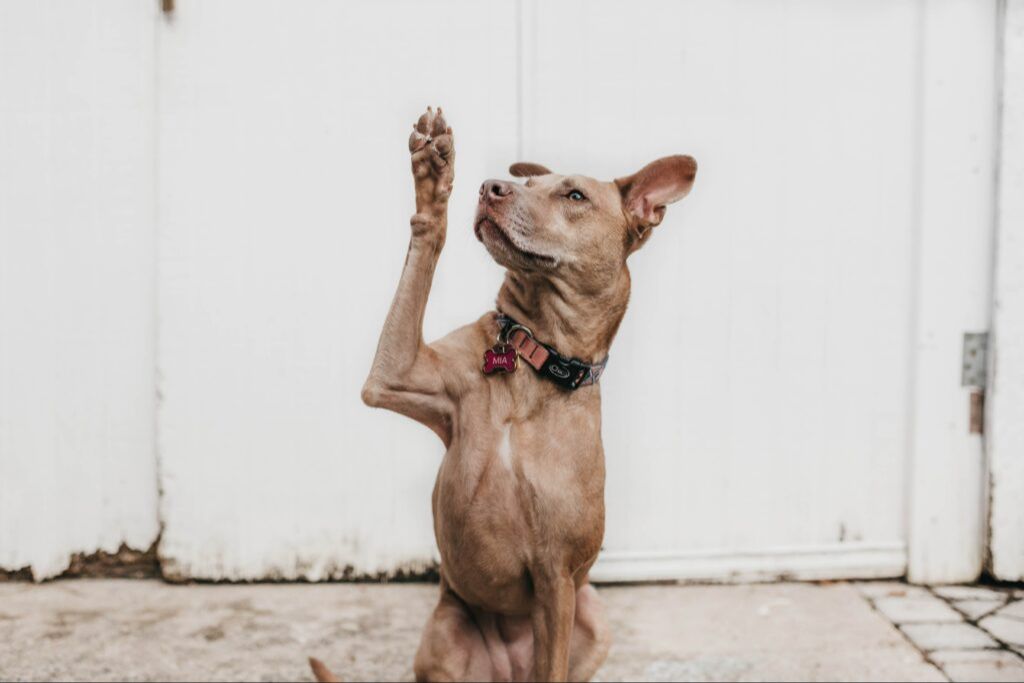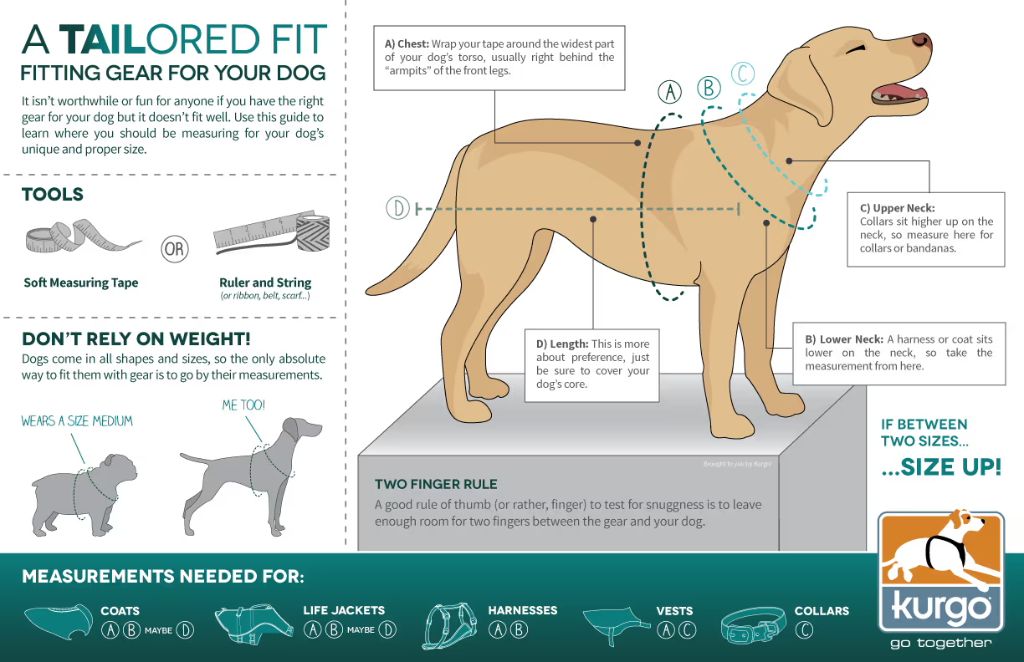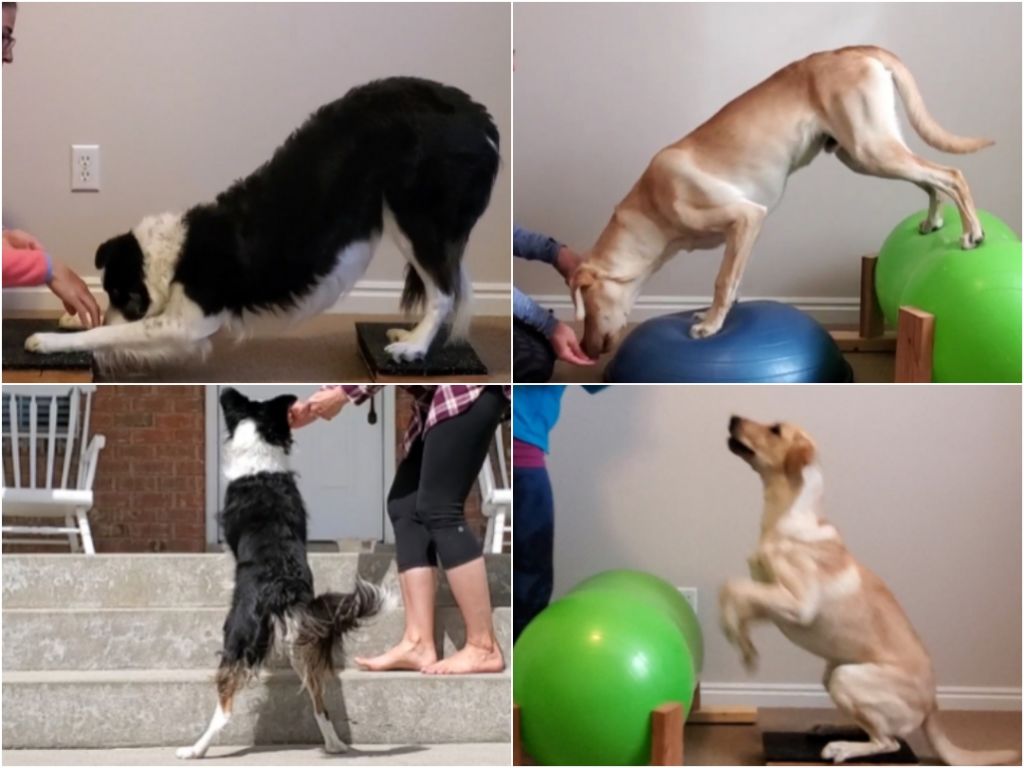Introduction
Some dog harnesses, if not fitted properly, can restrict a dog’s shoulder movement and mobility. Improper harness fitting limits a dog’s natural range of motion in the front legs and shoulders. Restricted movement over time can lead to pain, discomfort, and even injury. This is especially true for active dogs who need freedom of movement. It’s important for dog owners to learn proper harness sizing and fitting. With the right harness and proper adjustment, dogs can avoid shoulder and leg issues. This article covers signs of trouble, choosing the right harness, fitting tips, and what to do if your dog seems restricted or in pain.
Signs of Shoulder Restriction
Dogs with restricted shoulder mobility often exhibit clear signs that can alert owners to a potential problem. Being aware of these signs is important for identifying issues early before they worsen.
The most obvious sign is limited range of motion in the front legs and shoulders. You may notice your dog hesitating or resisting certain movements, like lifting their leg to scratch. They may also avoid movements that require extending or flexing their front joints.

Reluctance to move can also indicate shoulder restriction. Your dog may seem hesitant to go on walks, climb stairs, jump up on furniture, or engage in play. This reluctance is often due to discomfort or pain caused by the lack of mobility.
In some cases, obvious muscle atrophy can be observed around the shoulders and front legs. Lack of use due to the restriction can cause the muscles to waste away and become thinner. Prominent ridges along the shoulder may become noticeable.
Being attentive to these signs can help catch shoulder mobility issues early. The sooner the problem is addressed, the better chances your dog has of regaining strength and range of motion.
Causes of Restriction
There are several common causes of shoulder restriction in dogs wearing harnesses:
Improper harness fit – Just like a poorly fitted collar or shoes that are too tight for a person, an improperly fitted dog harness that is too small or too constricting can dig into the dog’s shoulders and armpits. This constant rubbing and pressure on the shoulder joints leads to pain, limited mobility, and eventually cumulative damage over time.
Design flaws – Some harnesses simply have flawed designs that exert excess pressure on the shoulders regardless of proper sizing and fit. Fixed ring attachments at the back, restrictive arm holes, and inadequate padding are some design issues that can cause shoulder restriction.
Incorrect use – Even a well-designed harness can still cause issues if used incorrectly. Putting it on wrong, connecting the leash to the wrong ring, leaving it on too long, or using it without proper conditioning can all lead to shoulder problems.
Health Risks of Shoulder Restriction in Dogs
Shoulder restriction in dogs can lead to some concerning health issues if left untreated. The limited mobility and pain caused by restriction can progress and worsen over time.
One of the most common risks is the development of arthritis in the shoulder joint. When the shoulder cannot move properly, it causes abnormal wear and tear on the joint surfaces. This inflammation and damage to the cartilage and bones leads to painful arthritis. The arthritis causes further loss of range of motion and more pain.
Dogs with shoulder restriction are also at increased risk for ligament tears. The shoulder joint has several ligaments that hold it in proper alignment. When the joint is restricted, these ligaments get stretched abnormally. This makes them more prone to painful partial or complete tears.
Muscle atrophy is another consequence. The muscles surrounding the shoulder will start to waste away and lose mass from lack of proper use. This compounds the problem by weakening the support structures around the joint.
All of these risks demonstrate why it’s critical to address shoulder restriction early. Stopping progression of these issues helps maintain comfort and quality of life for the dog.
Proper Fitting
The most important part of selecting a dog harness is getting the proper fit for your dog. An ill-fitting harness that restricts your dog’s movement can do more harm than good.

Start by measuring your dog to find their girth – wrap a soft measuring tape around the widest part of their chest behind their front legs. Refer to the harness sizing chart and choose a size that matches your dog’s girth measurement.
When putting the harness on your dog, make sure all straps are loosened so the harness hangs freely. Slip it over your dog’s head and position it on their chest. Tighten the straps so the harness is snug but not tight.
Check that you can easily slip two fingers between the harness and your dog’s chest and that the harness doesn’t restrict their shoulder or leg movement. Your dog should have full range of motion without the harness pulling on any part of their body.
Adjust the straps as needed until the harness fits properly. Your dog should be comfortable and able to move freely and naturally while wearing their harness.
Harness Features for Preventing Shoulder Restriction
When selecting a dog harness to avoid shoulder restriction, there are some key features to look for:
Padded Straps
Padded straps help prevent the harness from digging into your dog’s skin and putting too much pressure on their shoulders. The padding distributes the force and makes the harness more comfortable to wear.
Wide Chest Straps
A wide chest strap further helps displace pressure away from the shoulder area. The strap should be at least an inch wide over the chest to keep the harness from pinching the shoulders.
Adjustable Design
An adjustable harness lets you customize the fit for your dog’s unique body shape. Make sure it includes adjustable straps at the neck, chest, and belly so you can find the right tightness to avoid shoulder constriction.
The right combination of padding, strap width, and adjustability in a dog harness will help prevent excess pressure on your dog’s front legs and shoulders.
Harness Recommendations
When selecting a dog harness that won’t restrict your dog’s shoulder movement, look for these recommended brands and products:

Ruffwear Front Range Harness: This popular harness has a padded chest plate and reinforced webbing across the chest to avoid irritation. It distributes pressure over the chest and allows for full shoulder range of motion.
Puppia Soft Harness: Made of lightweight, breathable air mesh material, this harness has an open chest design that doesn’t impede shoulder movement. It has adjustable straps for a customized fit.
Blue-9 Balance Harness: Designed by a vet, this patented harness has a unique Y-shape that redirects walking force away from the shoulders. The lightweight padded straps don’t restrict natural movement.
Kurgo Tru-Fit Smart Harness: This convertible harness can be worn in multiple configurations while keeping the chest free. The girth strap sits low behind the armpits to avoid shoulder constriction.
Freedom No-Pull Harness: Featuring an open-chest design, wide straps, and a control loop on the back, this harness avoids restricting shoulders and has anti-choking protection.
Using the Harness
Once you have selected an appropriately fitted harness for your dog, it is important to use it properly to avoid shoulder restriction. Here are some tips:
- Position the harness high on your dog’s chest, above the shoulder joints. Avoid having straps directly on top of the shoulders.
- Attach the leash to the front clip on the harness to gently redirect your dog from the chest rather than placing pressure on the shoulders.
- Check for signs of irritation under the straps, such as redness or sores, especially when using the harness for extended periods.
- Take the harness off periodically to allow your dog’s coat to breathe and skin to air out.
- Retest the fit every few months as your dog grows or gains/loses weight to ensure proper positioning.
- Clean dirty harnesses regularly so straps do not cause chafing.
With a well-fitted harness and proper use, you can walk your dog safely without undue pressure on the shoulders.
Exercising Safely
When exercising your dog, it’s important to keep their shoulder health in mind. Here are some tips for low-impact activity:

-
Go for frequent short walks instead of long, strenuous ones. Start with 5-10 minutes and gradually increase to 15-20 minutes as their conditioning improves.
-
Swimming and other water activities are great low-impact options.
-
Try strength training exercises like sit-to-stands or cavalettis to improve muscle tone without joint stress.
-
Incorporate massage before and after walks to increase blood flow and relax muscles.
-
Avoid high-impact activities like jumping until their shoulder is fully recovered.
-
Let your dog set the pace and take plenty of breaks during exercise.
With some modifications, you can keep your dog active while allowing their shoulder to heal.
When to See a Vet
If your dog continues to show signs of shoulder restriction or pain even after adjusting their harness, it’s important to schedule a veterinary appointment. Persistent issues like limping, reluctance to move, and crying out in pain when touched are red flags. Your vet can properly diagnose the cause and severity of any shoulder injuries or conditions.
Severe restriction where your dog cannot lift their leg at all to walk or has very limited mobility requires immediate veterinary attention. The longer these issues go untreated, the higher the likelihood of long-term complications or pain. Your vet may prescribe medication, recommend specific exercises or physical therapy, or in severe cases suggest surgery to repair damage and improve mobility.
Any signs of shoulder pain should also prompt a vet visit. Subtle signs like shying away from touch, licking the area, changing posture, or reduced energy levels can indicate discomfort. Your vet can pinpoint the source of pain and create a tailored treatment plan. Acting quickly maximizes the chances of a full recovery.
While switching to a properly fitted, high-quality dog harness may help, your vet’s expertise is key for evaluating and addressing any underlying conditions contributing to shoulder problems. Don’t delay seeking veterinary care if your dog shows persistent or severe restriction and pain. With the right treatment, most dogs can get back to comfortable movement and enjoyment of daily walks and play.
